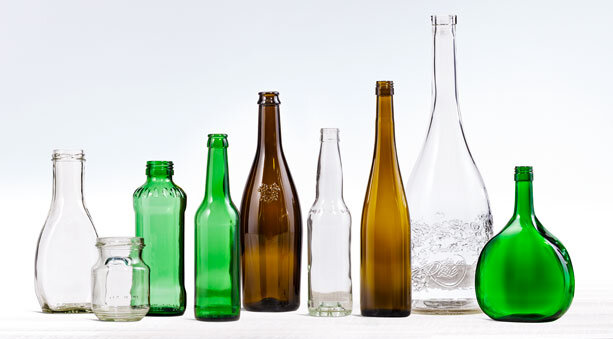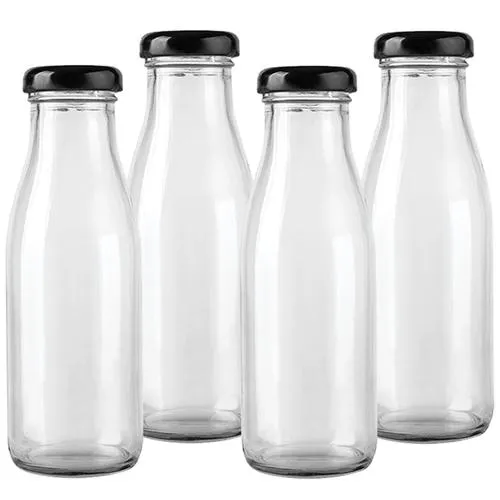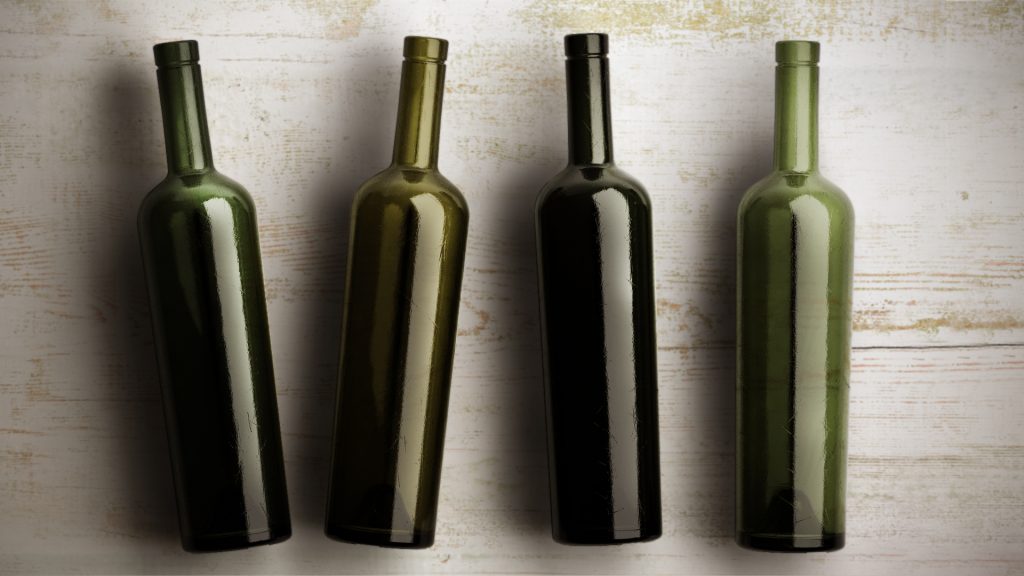Glass bottles are a popular choice for filling and storing liquids, but they can be vulnerable to high temperatures. To ensure that your glass bottles can withstand the heat, there are a few key steps you can take. First, make sure that the glass bottle you are using is specifically designed for filling and storing liquids. This will ensure that the bottle is made of a material that can withstand high temperatures. Additionally, you should always check the manufacturer’s instructions for any specific instructions on how to best store the bottle in high temperatures. Finally, it is important to keep the bottle away from direct sunlight and other sources of heat. By following these steps, you can ensure that your glass bottles will remain safe and secure in high temperatures.

What Makes Glass Bottles Suitable for High Temperatures?
When it comes to filling and storing liquids at high temperatures, glass bottles are the ideal choice. Glass bottles are made from a non-porous material, meaning that they are able to withstand temperatures up to 500 degrees Fahrenheit without breaking or melting. This makes them perfect for storing and filling liquids that require high temperatures, such as hot sauces, syrups, and oils. Additionally, glass bottles are also resistant to corrosion, meaning that they can be used for a variety of liquids without fear of contamination. Glass bottles are also incredibly durable, making them a great choice for long-term storage. They are able to withstand a variety of temperatures and pressures, making them suitable for a variety of applications. Furthermore, glass bottles are also easy to clean and maintain, making them a great choice for those looking for a reliable and long-lasting storage solution. Overall, glass bottles are the perfect choice for those looking to store and fill liquids at high temperatures. They are non-porous, corrosion-resistant, and incredibly durable, making them a great choice for a variety of applications. With their easy maintenance and long-term reliability, glass bottles are the ideal choice for those looking for a reliable and safe storage solution.

Understanding the Properties of Glass
When it comes to glass bottles for filling, understanding the properties of glass is essential for ensuring that the bottles can withstand high temperatures. Glass is a material that is made up of silica, soda ash, and limestone, and it is known for its strength and durability. However, when exposed to high temperatures, glass can become brittle and break easily. To ensure that glass bottles can withstand high temperatures, it is important to use a glass that is specifically designed for this purpose. This type of glass is usually thicker and more resistant to heat, making it ideal for use in filling bottles. Additionally, it is important to use the right type of closure for the bottle, as this can also help to protect the glass from heat damage. By understanding the properties of glass and taking the necessary precautions, you can ensure that your glass bottles can withstand high temperatures.

Glass Bottle Manufacturing Processes for High Temperature Resistance
Belle-etres When it comes to glass bottles for filling, it is important to consider the manufacturing process to ensure that the bottles can withstand high temperatures. Glass bottles are made from a combination of silica sand, soda ash, and limestone, which are heated to temperatures of up to 2,000 degrees Fahrenheit. This process creates a strong, durable glass that is resistant to high temperatures. The glass is then cooled and shaped into the desired bottle shape. The cooling process is also important, as it helps to ensure that the glass bottle is able to maintain its shape and strength when exposed to high temperatures. By using the right manufacturing process, glass bottles can be made to withstand high temperatures and provide a safe and reliable container for filling.

Glass Bottle Design Considerations for High Temperature Resistance
When it comes to glass bottles for filling, it is important to consider the bottle’s ability to withstand high temperatures. Glass bottles are often exposed to extreme temperatures during the filling process, and it is essential to ensure that the bottle is designed to withstand these temperatures. The most important design considerations for glass bottles to resist high temperatures include the thickness of the glass, the shape of the bottle, and the type of glass used. The thickness of the glass is an important factor in determining the bottle’s ability to withstand high temperatures. Thicker glass is more resistant to heat, and therefore it is important to choose a bottle with a thicker wall. Additionally, the shape of the bottle can also affect its ability to resist high temperatures. Bottles with a wider base and a narrower neck are better able to withstand high temperatures than bottles with a more uniform shape. Finally, the type of glass used is also important. Certain types of glass, such as borosilicate glass, are better able to withstand high temperatures than other types of glass. By considering these design considerations, you can ensure that your glass bottles are able to withstand high temperatures and provide a safe and reliable product.

Tips for Filling and Storing Glass Bottles in High Temperatures
When it comes to filling and storing glass bottles in high temperatures, it is important to take the necessary precautions to ensure the bottles remain intact. Glass bottles are a popular choice for storing liquids, but they can be easily damaged when exposed to extreme temperatures. To ensure your glass bottles remain in good condition, here are some tips to keep in mind. First, make sure the glass bottles you are using for filling are made of high-quality materials. Low-quality glass bottles can easily crack or shatter when exposed to high temperatures. Additionally, it is important to check the temperature of the liquid you are filling the bottles with. If the liquid is too hot, it can cause the glass to expand and potentially break. When storing glass bottles in high temperatures, it is important to keep them away from direct sunlight. Sunlight can cause the glass to heat up quickly, which can lead to cracking or shattering. Additionally, it is important to keep the bottles away from any sources of heat, such as radiators or ovens. Finally, it is important to check the bottles regularly for any signs of damage. If you notice any cracks or chips in the glass, it is best to discard the bottle and replace it with a new one. Taking these precautions will help ensure your glass bottles remain in good condition and can withstand high temperatures.
Conclusion
In conclusion, glass bottles are an excellent choice for filling with hot liquids. They are strong and durable, and can withstand high temperatures without breaking or cracking. Furthermore, they are easy to clean and can be reused multiple times. With proper care and maintenance, glass bottles can last for years, making them a great investment for any home or business.
Informative In conclusion, glass bottles are an ideal choice for filling and storing products in high temperatures. They are strong and durable, and their properties make them suitable for withstanding extreme temperatures. To ensure that glass bottles can withstand high temperatures, manufacturers must use the right processes and design considerations. Additionally, it is important to take the necessary precautions when filling and storing glass bottles in high temperatures. By following these tips, you can ensure that your glass bottles will remain safe and secure in any environment. With the right knowledge and care, glass bottles can be a reliable and cost-effective solution for any high temperature application.
Frequently Asked Questions













